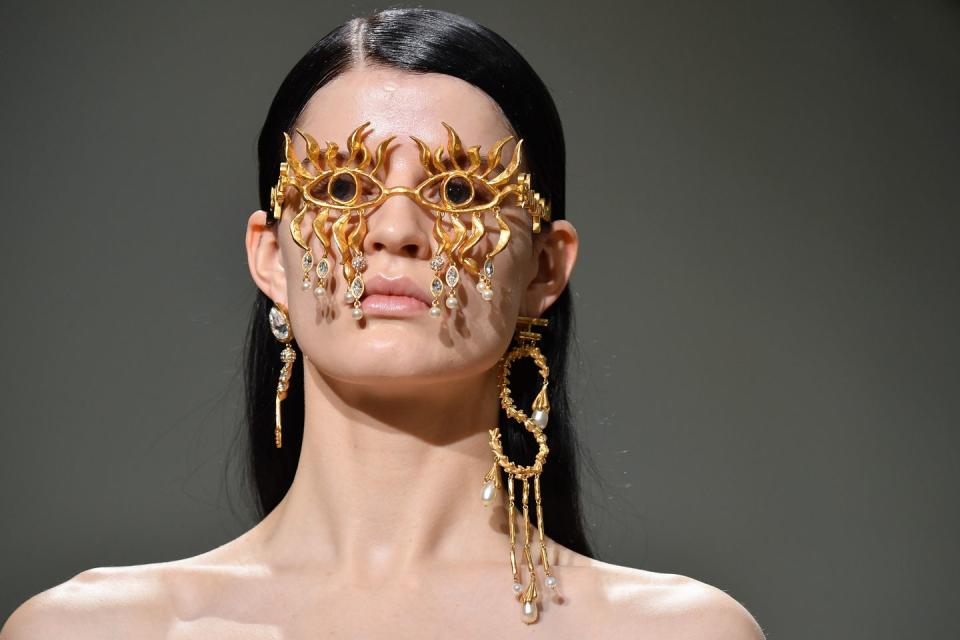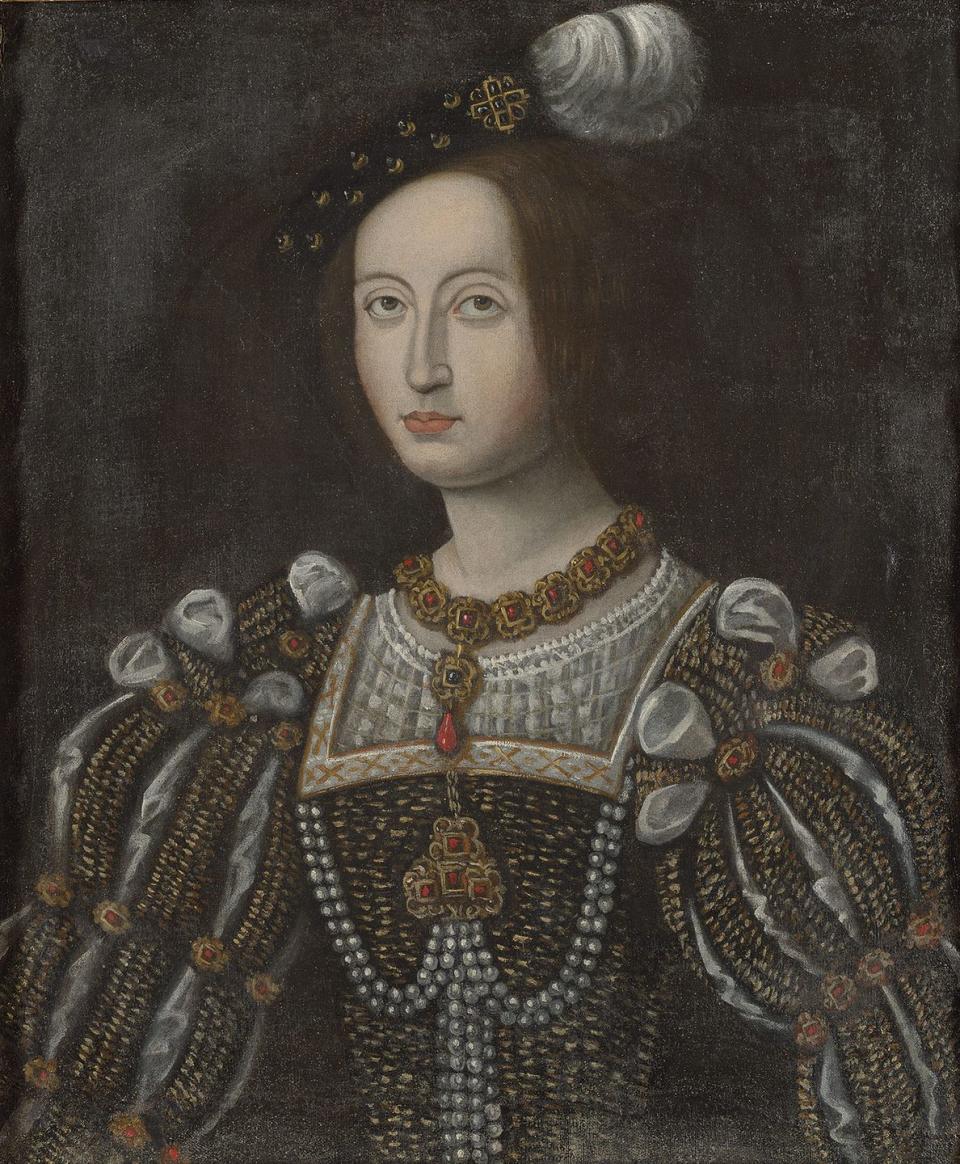The 2020 Jewelry Trends T&C Editors Love

People have always expressed themselves through jewelry, using it to display relationship status, social ranking, and emotions. This past year may have made many question all of those things, but jewelry wasn’t one of them. People gravitated toward revamped classics as well as personalized pieces and artistic trends. Surrealism, with its avant garde silhouettes made a big appearance on runways. For classicists, brooches, pearls, and other staples were dug out of vintage jewelry boxes with new excitement. T&C editors organized six jewelry trends for 2020—because we all deserve a little extra sparkle this year.
Surrealism

Salvador Dalí’s artwork may have made surrealism famous, but it was a larger cultural movement across arts and literature in the 20th century with illustrious members like Frida Kahlo, Pablo Picasso, and René Magritte. Now, jewelry brings these bizarre, imaginative creations into everyday live with floating eyes, dripping jewels, and disjointed shapes. Our favorite part of this trend is the ability to layer and mix various pieces together to create your own surrealist statement.

Chains

Chains as jewelry can be traced back to civilization’s earliest days in Mesopotamia. Today it is one of the few jewelry favorites for all genders. The style can be worn as bracelets, necklaces, belts and even purse straps, thanks to Coco Chanel’s vision in the 1930s. Each decade has its own preferred width and design, but today, chains are available in every size, shape, and color imaginable making them a classic worth keeping.

Symbolic

Symbolic jewelry is just that: jewelry that carries meaning. Stemming from a history of jewels in religious settings, symbolic jewelry can represent ideals that are recognizable such as the Christian cross or the Hamsa hand or a personal reference, like a locket or charm. Layer them with other pieces or consider keeping one on at all times as a type of amulet or token.

Pearls

Historically rarer and more expensive than diamonds, pearls continue to enjoy popularity every few years. A few centuries ago, it was extremely difficult to find enough pearls of the same size, shape, and color to make a necklace, taking the jewelry maker years to piece one together. The hefty price tag made pearl jewelry an aristocratic status symbol. Now, pearls can be farmed to perfection, but we like to embrace natural pearls in a variety of colors and shapes. Baroque pearls are particularly having a moment right now and look amazing as pendants or a statement-making ring.

Brooches

Worn by the Queen and political figureheads, a brooch may seem like a dated piece to modern eyes, but it is an enduring classic. Brooches can be pinned on hats, scarves, or bags, strung on a pendant, or threaded into a hairstyle. So be sure to save those family heirlooms! Everything comes back in style after all.

Coins

Another ancient revival is the use of coins in jewelry. Most likely around since, well, coins themselves, 1960s pop culture junkies revived the trend after seeing Liz Taylor’s portrayal of Cleopatra in the 1963 film. With their simple round shape featuring a variety of prominent figures and cultural symbols, they are both special and subtle for the wearer.

You Might Also Like

